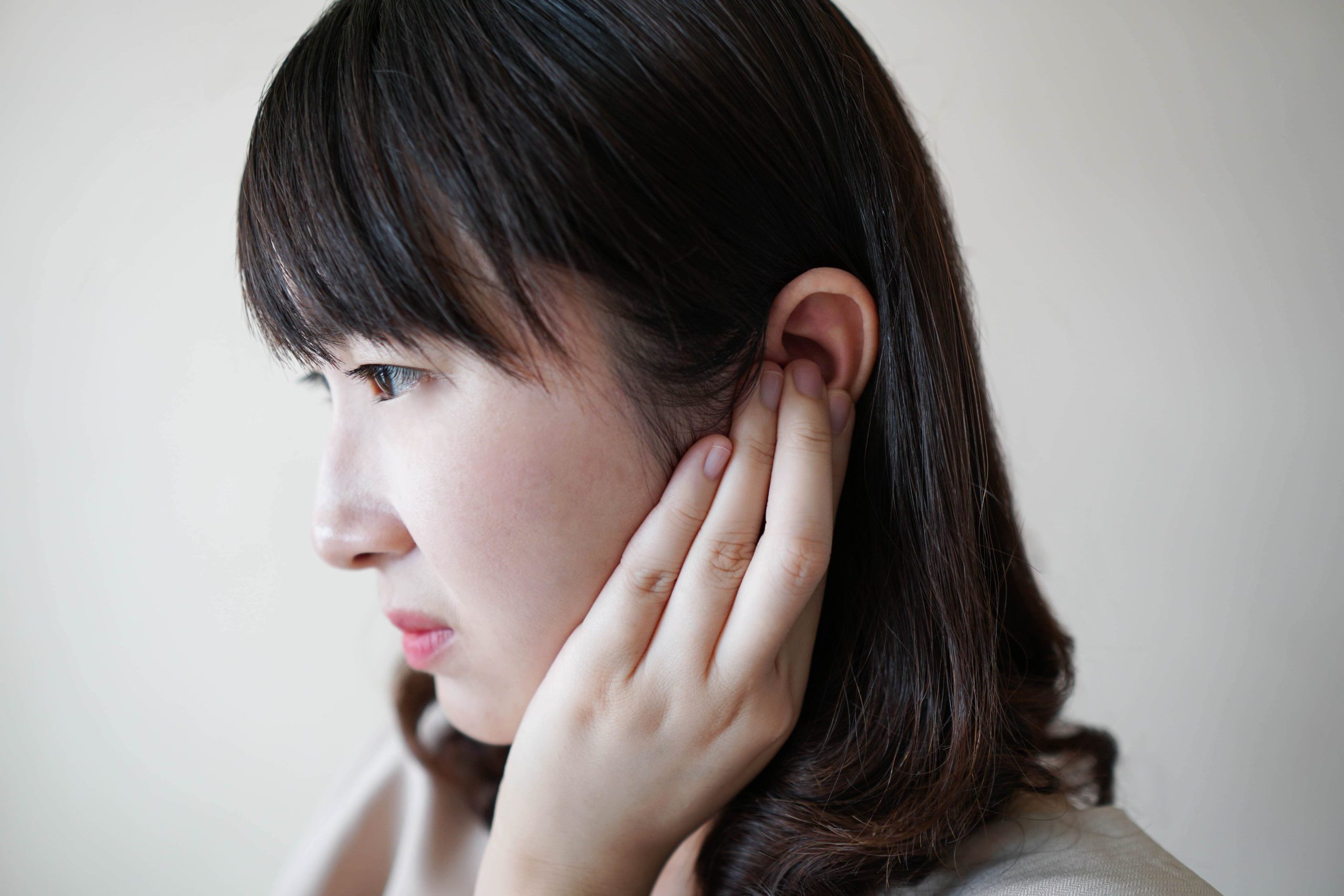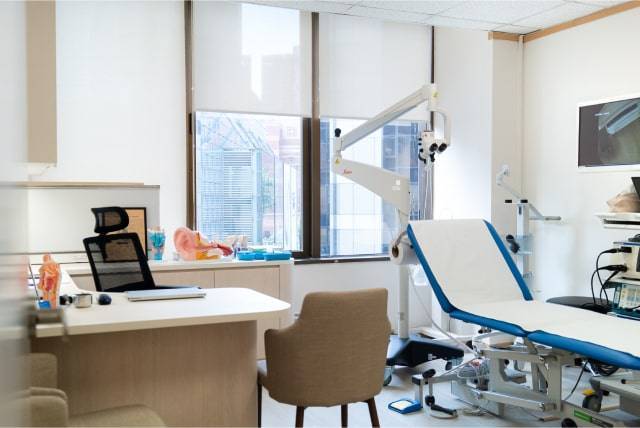
The ear is a complex organ that is responsible for hearing and balance. It consists of three parts: the outer ear, the middle ear, and the inner ear. The outer ear includes the part that we can see (the auricle) and the ear canal. It is in this outer section where foreign objects are most commonly lodged. When a foreign object becomes stuck in the ear, it can cause discomfort, pain, and potentially lead to more serious conditions if not treated promptly.
Causes
Foreign objects can find their way into the ear for various reasons. In children, curiosity and the exploratory nature of play can lead them to insert small objects into their ears. Adults might experience this issue as a result of accidents, during sleep (insects crawling into the ear), or even while trying to clean or scratch the ear with inappropriate objects like cotton swabs, bobby pins, or matchsticks.
Symptoms
The symptoms of a foreign object in the ear can vary depending on the size, shape, and nature of the object, as well as how long it has been in the ear. Common symptoms include:
- Pain or discomfort in the ear
- A sensation of fullness or pressure in the ear
Hearing loss in the affected ear - Discharge from the ear, which may be bloody or pus-filled if an infection has developed
- Coughing or reflex cough, particularly if the object is irritating the eardrum
- Dizziness or vertigo, if the object affects the inner ear
Diagnosis
An ENT specialist can diagnose the presence of a foreign object in the ear through a patient’s medical history and a physical examination. The examination usually involves the use of an otoscope, a device that allows the doctor to look inside the ear and see the foreign object.
In some cases, if the object is not visible or if there is concern about damage to the ear structures, additional tests such as a tympanometry (to assess the functioning of the middle ear) or an audiogram (to test hearing) might be conducted.
Treatment
The primary goal of treatment is to safely remove the foreign object from the ear without causing damage to the ear canal or eardrum. The method of removal will depend on the type and location of the object, as well as the age and cooperation of the patient. Common removal techniques include:
- Manual removal with tweezers or other small instruments, usually performed under a microscope to ensure precision.
- Irrigation, where warm water is gently flushed into the ear canal to dislodge the object.
- Suction, using a small vacuum to pull the object out.
In cases where the object is lodged deep in the ear or if there is significant pain or risk of infection, the ENT specialist may recommend removal under sedation or general anesthesia.
Complications
If not addressed promptly, foreign objects in the ear can lead to various complications, including:
- Ear infections, as the object can introduce bacteria into the ear canal
- Eardrum perforation, especially if sharp or pointed objects are inserted
- Hearing loss, either temporary due to blockage or permanent due to damage to the ear structures
- Cholesteatoma, a type of skin cyst, can develop if the object remains in the ear for a prolonged period
Prevention
Preventing foreign objects in the ear primarily involves education and supervision. Parents and caregivers should educate children about the dangers of inserting objects into their ears and supervise young children closely. Adults should avoid using inappropriate objects to clean or scratch their ears and seek professional help if they suspect something has entered their ear.
Conclusion
Foreign objects in the ear are a significant concern that can lead to discomfort, pain, and more severe complications if not treated promptly and appropriately. Awareness of the causes, symptoms, and treatment options is crucial for preventing long-term damage to the ear. ENT clinics play a vital role in providing the necessary care and education to prevent and manage such incidents effectively.
When should you see an ENT specialist in Singapore?
Please consult an ENT specialist if you are suffering from any ear, nose, or throat symptoms. It is also advisable to visit an ENT doctor if you experience persistent mouth breathing due to a chronic blocked nose or encounter snoring issues.
Dr Ker Liang sees adults and children for general ENT conditions and provides comprehensive management in a broad range of Ear, Nose, and Throat, as well as Head and Neck conditions. She has a special interest in treating throat and voice conditions, including persistent sore throat, voice issues, snoring, and Obstructive Sleep Apnoea (OSA).
Medical Teaching
Assistant Professor Ker Liang has a passion for teaching and is an Assistant Professor with NUS Yong Loo Lin School of Medicine (YLLSOM). As the NUS-NUH Otolaryngology Department Undergraduate Medical Director, Dr Ker Liang supervises the training of medical students from YLLSOM, NUS. She is actively involved
in the training of postgraduate junior doctors and residents in the Head and Neck Surgery department. She was conferred with an Undergraduate Teaching Award by the National University Health System in 2016 for her outstanding efforts as an Otolaryngology educator.
Medical Teaching
Assistant Professor Ker Liang has a passion for teaching and is an Assistant Professor with NUS Yong Loo Lin School of Medicine (YLLSOM). As the NUS-NUH Otolaryngology Department Undergraduate Medical Director, Dr Ker Liang supervises the training of medical students from YLLSOM, NUS. She is actively involved
in the training of postgraduate junior doctors and residents in the Head and Neck Surgery department. She was conferred with an Undergraduate Teaching Award by the National University Health System in 2016 for her outstanding efforts as an Otolaryngology educator.
Lorem ipsum dolor sit amet, consectetur adipiscing
Lorem ipsum dolor sit amet, consectetur adipiscing elit. Ut elit tellus, luctus nec ullamcorper mattis, pulvinar dapibus leo. Lorem ipsum dolor sit amet, consectetur adipiscing elit. Ut elit tellus, luctus nec ullamcorper mattis, pulvinar dapibus leo.
Lorem ipsum dolor sit amet, consectetur adipiscing
Lorem ipsum dolor sit amet, consectetur adipiscing elit. Ut elit tellus, luctus nec ullamcorper mattis, pulvinar dapibus leo. Lorem ipsum dolor sit amet, consectetur adipiscing elit. Ut elit tellus, luctus nec ullamcorper mattis, pulvinar dapibus leo.
Lorem ipsum dolor sit amet, consectetur adipiscing
Lorem ipsum dolor sit amet, consectetur adipiscing elit. Ut elit tellus, luctus nec ullamcorper mattis, pulvinar dapibus leo. Lorem ipsum dolor sit amet, consectetur adipiscing elit. Ut elit tellus, luctus nec ullamcorper mattis, pulvinar dapibus leo.
Lorem ipsum dolor sit amet, consectetur adipiscing
Lorem ipsum dolor sit amet, consectetur adipiscing elit. Ut elit tellus, luctus nec ullamcorper mattis, pulvinar dapibus leo. Lorem ipsum dolor sit amet, consectetur adipiscing elit. Ut elit tellus, luctus nec ullamcorper mattis, pulvinar dapibus leo.
Lorem ipsum dolor sit amet, consectetur adipiscing
Lorem ipsum dolor sit amet, consectetur adipiscing elit. Ut elit tellus, luctus nec ullamcorper mattis, pulvinar dapibus leo. Lorem ipsum dolor sit amet, consectetur adipiscing elit. Ut elit tellus, luctus nec ullamcorper mattis, pulvinar dapibus leo.



